Breast cancer is a type of cancer that originates in the cells of the breast. While it can occur in men as well, it is far more prevalent in women.
Following skin cancer, breast cancer stands as the second most frequently diagnosed cancer among women in the United States. However, it's crucial to recognize that breast cancer is not exclusive to women, as everyone is born with some breast tissue, making it a condition that can affect individuals of any gender.
Improved breast cancer screening techniques enable healthcare providers to detect the presence of breast cancer at an earlier stage. Early cancer detection greatly increases the chances of effective therapy and recovery.
The exact reason that causes breast cancer is unclear, even though every eighth woman suffers from it. However, several factors have been associated with the development of breast cancer. Some of the breast cancer risk factors include:
The risk of breast cancer naturally increases as women age. The risk is also higher in women who have a family history of breast or ovarian cancer, possess BRCA1 and BRCA2 genes, or have had their periods before the age of 12.
The main types of breast cancer are based on where the cancer begins, whether it's in the ducts or lobules of the breast, and whether it has spread beyond its original location. The two broad categories are in situ (confined to the site of origin) and invasive (has spread beyond the original location). Here are some common types:
The symptoms of breast cancer can be easily identified at home through breast self-examination. You should consult your physician on how to conduct this exam at home.
The most common breast cancer symptoms include:
In the case of more aggressive breast cancer called inflammatory breast cancer, severe redness and itching may be present.
The patients are advised to contact their physician as soon as they notice any of the symptoms of breast cancer. The physician is the best person to diagnose whether it is normal or inflammatory cancer, and accordingly, suggest treatment for breast cancer.
The diagnosis of breast cancer typically involves a combination of clinical examinations, imaging tests, and biopsy procedures. Here is an overview of the diagnostic process:
1. Clinical Examination:
2. Imaging Tests:
3. Biopsy:
4. Genetic Testing: Genetic testing may be recommended for some individuals with a family history or specific risk factors to identify inherited gene mutations (e.g., BRCA1, BRCA2).
Most commonly, as a part of treatment for breast cancer, surgery is conducted to remove the cancerous lump or growth from the breasts. Depending on the extent of the cancer and its stage, surgery may be accompanied by another form of treatment as well, which is conducted either before or after the surgery.
The doctor decides upon a breast cancer treatment plan that is most suitable for the patient. The decision may depend upon the extent of spread, the overall health of the patient, the stage, and the type of breast cancer (inflammatory, cancer during pregnancy, lobular carcinoma, ductal carcinoma, and invasive breast cancer).
The team that conducts breast cancer treatment includes a surgeon, a medical oncologist, and a radiation oncologist. The different breast cancer treatment options are divided into two types:
Local Treatment: This type of treatment is localized, that is, it is only used to treat one specific location or primary site affected by cancer. It does not have any impact on the rest of the body.
The following are the two types of local treatment:
The radiation can either be delivered externally or by placing a small radioactive pallet in the affected area internally. The latter form of radiation therapy is known as brachytherapy.
II. Systemic Treatment: This type of treatment involves the use of drugs that can be administered either orally or intravenously. The choice of drugs depends on the type of systemic treatment opted for, which, in turn, is dependent upon the extent and the type of cancer.
The recovery journey following breast cancer treatment, though generally less painful and traumatic than some other critical cancers, brings about certain adjustments for patients. These changes encompass various aspects of their physical and emotional well-being:
Options like cosmetic surgery provide avenues for individuals to regain a sense of normalcy.The unique challenges that breast cancer survivors face underscore the importance of comprehensive support, encompassing physical, emotional, and psychological aspects. While the journey may have its complexities, addressing these changes with a tailored and holistic approach contributes to individuals' overall well-being and resilience in their recovery.

Nigeria
Patient Story: Patient from Nigeria underwent Breast Cancer Treatment in Sharjah, UAE Read Full Story

Bangladesh
Patient from Bangladesh underwent Breast Cancer Treatment in India Read Full Story
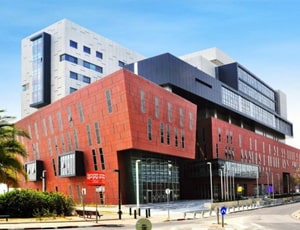
Tel Aviv, Israel
Assuta Medical Center is a leading private hospital in the capital city of Tel Aviv in Israel. Assut...more
![]() Airport Transfer
Airport Transfer
![]() Choice of Meals
Choice of Meals
![]() Interpreter
Interpreter
![]() TV inside room
TV inside room
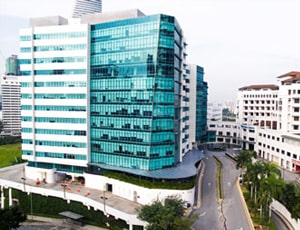
Kuala Lumpur, Malaysia
History Parkway Pantai Hospital in Kuala Lumpur, Malaysia is operating under the Parkway Pantai gro...more
![]() Airport Transfer
Airport Transfer
![]() Choice of Meals
Choice of Meals
![]() Interpreter
Interpreter
![]() SIM
SIM
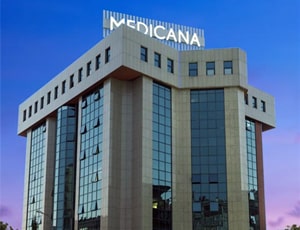
Istanbul, Turkey
Founded in 1999, Medicana Camlica is a specialty hospital of the Medicana Group which is well known ...more
![]() Private Driver / Limousine Services
Private Driver / Limousine Services
![]() International Cuisine
International Cuisine
![]() Phone in Room
Phone in Room
![]() Online Doctor Consultation
Online Doctor Consultation
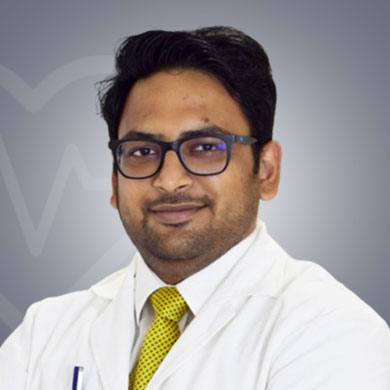
Medical Oncologist
Gurugram, India
10 of experience
USD 50 for video consultation
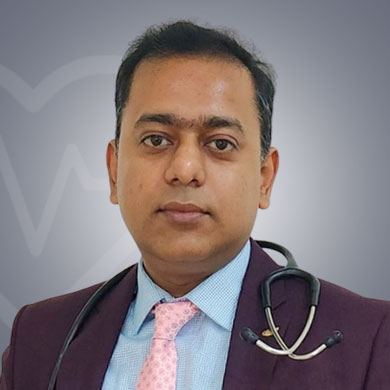
Medical Oncologist
Kolkata, India
15 of experience
USD 50 for video consultation
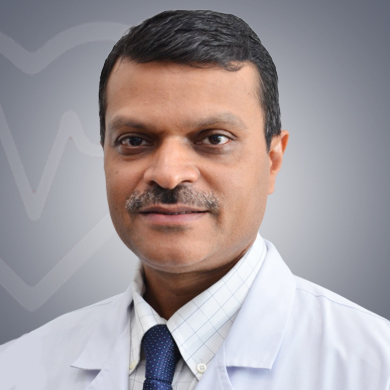
Oncologist
Delhi, India
21 Years of experience
USD 42 for video consultation

Surgical Oncologist
Noida, India
10 Years of experience
USD 32 for video consultation
Q: Is mammography painful?
Mammography involves slight compression of the breast. Therefore, patients can expect to experience slight discomfort that disappears in a few hours.
Q: What is the best time to have a mammography?
The best time to have a mammography is a week after your menstrual cycle. The breast is less tender around this time and cause less pain.
Q: Do most women die of breast cancer?
A: However likely it may seem, but that is not the case. Even though breast common commonly affects women, it is not the leading cause of their death.
Q: Can I still get breast cancer if no one in my family has it?
A: Yes, you can still get breast cancer even though no one in your family has it. Even if it is also a genetic disease, it is not necessary that the faulty genes are always inherited. Sometimes, mutations develop in the genes spontaneously.
Q: What is the most common form of breast cancer?
A: Infiltrating or invasive ductal carcinoma (IDC) is the most common type of breast cancer.
Q: Can breast cancer be prevented?
A: There is no sure way of preventing breast cancer. However, by maintaining a healthy lifestyle, you can reduce your risk of the disease.